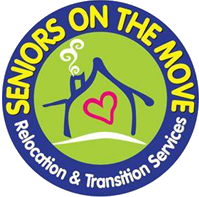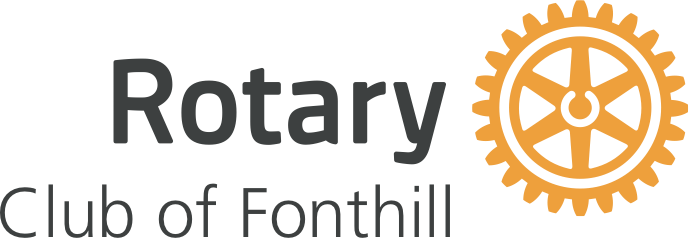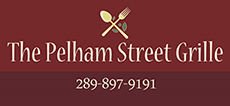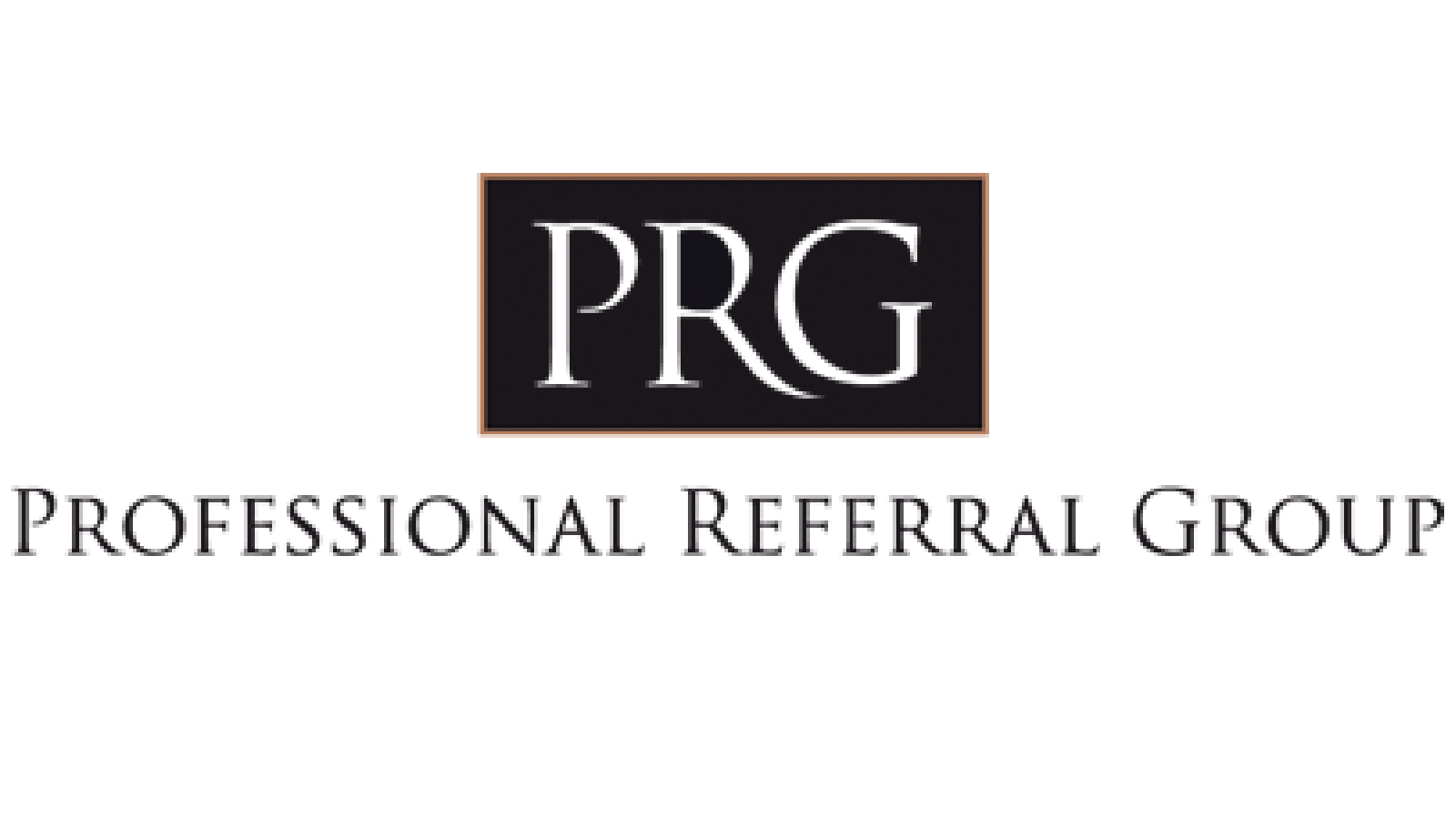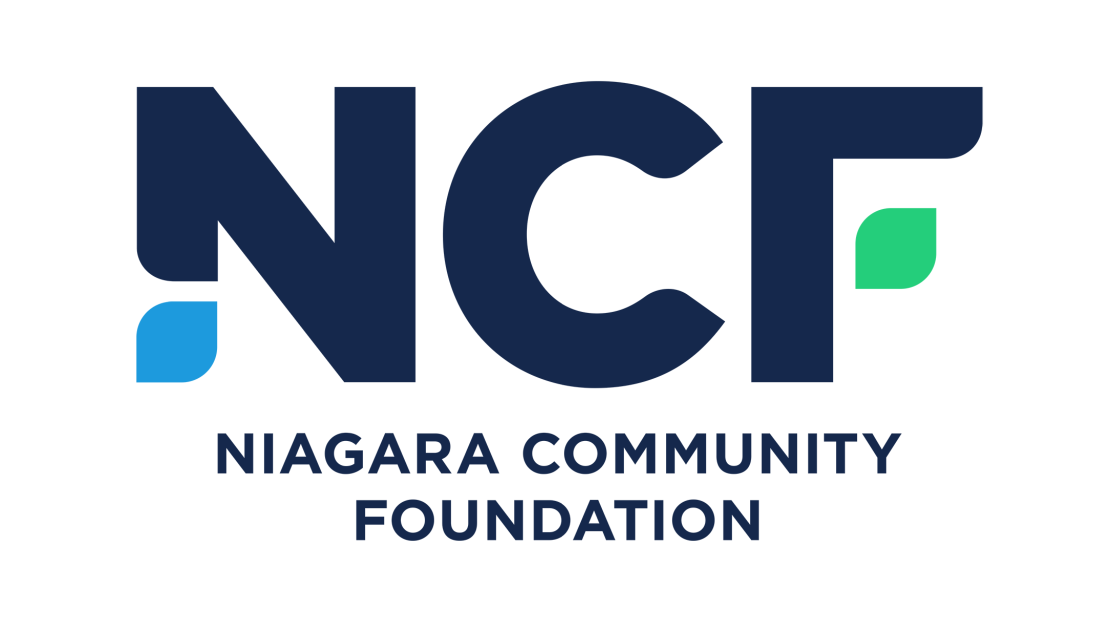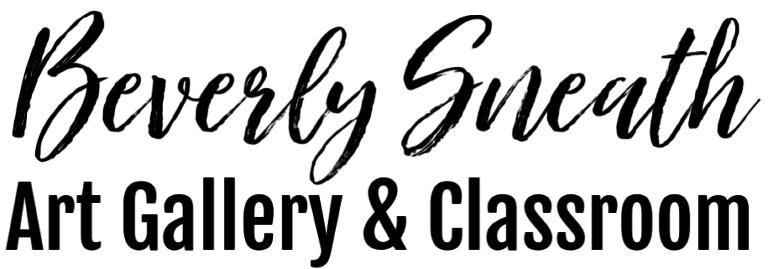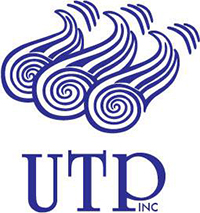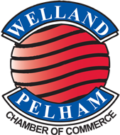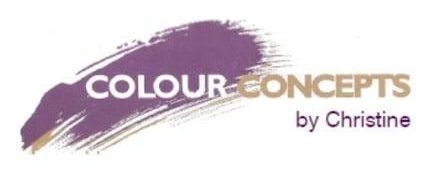In the 2022 Federal Budget, Deputy Prime Minister of Finance, Chrystia Freeland announced a new tax-free plan to help more Canadians buy their first home and get into the housing market – the First Home Savings Account (FHSA).
Here are some of the basics you need to know if you plan to take advantage of this opportunity:
Eligibility requirements – To be eligible to open an FHSA, a contributor must: be a resident of Canada, at least 18 years old and not have lived in a home they own in the year that the account is opened, or the previous four years.
Making contributions – Contributions to the plan will be tax deductible (like RRSP contributions), and growth inside an FHSA will be tax deferred (similar to RRSP and TFSA earnings). Eligible contributors will be able to contribute up to $8,000 per year to the First Home Savings Account (FHSA), up to a lifetime maximum of $40,000.
Using the funds – Account holders will have 15 years from account opening to use the funds in the FHSA towards the purchase of a home. After making a tax-free withdrawal towards the purchase of a home, the account must be closed within one year, and an FHSA cannot be opened in the future. Withdrawals for any purpose other than purchasing a first home will be fully taxable in the year of withdrawal.
Something to note, is that the FHSA cannot be used along with the RRSP Home Buyers’ Plan (HBP).
The federal government has not yet announced when in 2023 the FHSA will be available or the finer details such as qualifying investments and naming beneficiaries on this account.
Bottom Line
Both the FHSA and HBP are effective strategies to use if you are savings for your first home. Which one you choose really depends on which strategy will work best for you and help you achieve your goals.
This article was written by Edward Jones for use by your local Edward Jones Financial Advisor, Nicolle Lalonde.
 Back to myNiagaraOnline
Back to myNiagaraOnline












